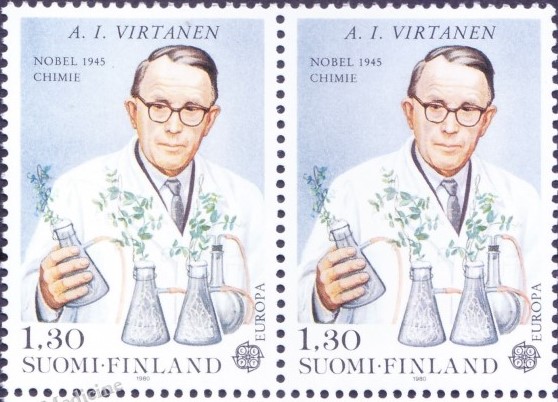One of the pioneering names of agricultural chemistry: Who is Artturi Ilmari Virtanen?
He is known for his research and inventions in the field of agriculture and food chemistry, especially for developing methods for storing feed materials with minimal loss of value. He was honored with the Nobel Prize in 1945 for these researches.

Artturi Ilmari Virtanen is a Finnish Chemist born in 1895. He graduated from the University of Helsinki, Faculty of Chemistry. He completed his doctorate at the age of 24. He went to Germany and then Switzerland to increase his knowledge.
He returned to Helsinki at the age of 29 and received the title of professor 2 years later.
He is known for his research and inventions in the field of agriculture and food chemistry, especially for developing methods for preserving feed materials with minimal loss of value.
Artturi Ilmari Virtanen (15 January 1895 – 11 November 1973) was a Finnish chemist and recipient of the 1945 Nobel Prize in Chemistry "for his research and inventions in agricultural and nutrition chemistry, especially for his fodder preservation method". He invented AIV silage which improved milk production and a method of preserving butter, the AIV salt, which led to increased Finnish butter exports.
He was honored with the Nobel Prize in 1945 for his research, which also affected the storage methods of human food and made it more economical.
Virtanen also led researchers in the field of Animal Nutrition with his studies showing that non-protein nitrogenous compounds can be used instead of protein in the nutrition of multi-gastric animals.
In 1920, he married botanist Lilja Moisio and had two sons. In 1933, he bought a farm near Helsinki to test the results of his scientific research. He lived a simple life, did not have his own car, and never smoked or consumed alcohol. He died two weeks later from complications related to a hip fracture he suffered in 1973.
Artturi Ilmari Virtanen passed away in 1973.
